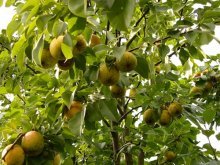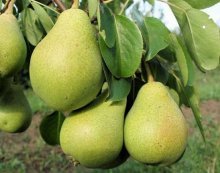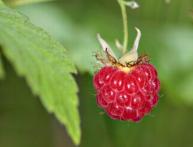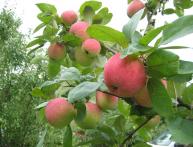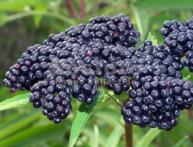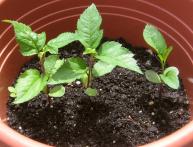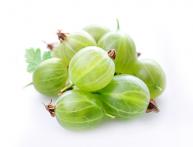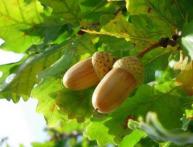Pear Severyanka in an amateur garden
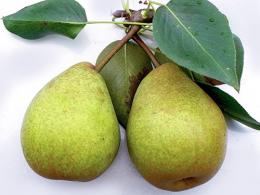
Pear is one of the most ancient garden crops grown by humans. The first pear varieties were developed three thousand years ago. Since then, continuous work has been going on to improve the varieties of this fruit tree. Much work on varieties has been carried out for several decades at the All-Russian Research Institute of Genetics and Selection of Fruit Plants named after. I.V. Michurina.
Here, under the leadership of P.N. Yakovlev, many varieties of pears were bred, which became very popular in amateur gardens. The northern pear is no exception - one of the sought-after varieties selected by P.N. Yakovlev.
Content:
- Description of the variety Severyanka
- Planting Severyanka pear
- Pruning and care
Description of the variety Severyanka
Most regions of Russia are characterized by a temperate and cold climate, so breeding work was carried out primarily to increase the winter hardiness of pears, but at the same time it was necessary to preserve and improve the taste of the fruit and the plant’s resistance to disease.
Therefore, for the new variety Severyanka, parental forms that have proven themselves well both in the middle zone and in the northern, Ural and Far Eastern regions were selected.
According to a number of indicators, the pear varieties Koperechka and Lyubimitsa Klappa were suitable, and they became the parent forms for Severyanka.
The pear variety "Severyanka" is a summer, early-ripening variety. The northern tree begins to bear fruit quite early; already in the third or fourth year of the tree’s life, the first harvest of fruit can be obtained.The fruits begin to ripen at the beginning of August, the main harvest time is from August 10 to August 25.
Pears of this variety have a yellow-green coloring of the fruit with a slight pink blush. At the beginning of ripening, pears are greener, while at consumer ripeness they are more yellow.
Severyanka's fruit size is average, from 80 to 100 grams, bulb-shaped, with a narrow upper and wide lower part.
Pears taste very pleasant, do not have astringency, are quite sweet and aromatic. Sugar content is almost 12%. The advantage is a small seed chamber and a small number of seeds. The pulp is light cream in color and of medium density.
The advantages of the northern pear variety include:
- high frost resistance
- resistance to diseases, including scab
- versatility of the fruit
- compact size of trees
- precociousness
Disadvantages:
- fruit shedding
- sometimes small sizes
Currently, the variety is practically not used in industrial gardens, but is in demand in breeding work. Severyanka was used as one of the parent forms for the varieties:
- Yeseninskaya
- Tyutchevskaya
This variety also remains in demand in amateur gardening.
Planting Severyanka pear
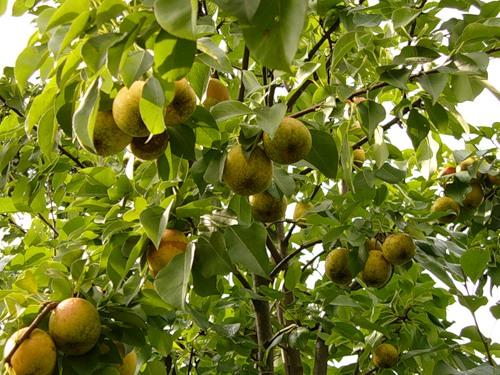
To plant Severyanka pears, you need to choose a sunny, preferably sheltered from the wind, place with loamy or sandy loamy loose soil rich in organic matter. Like all pears, the variety is sensitive to groundwater; if it lies closer than 2 meters, an adult tree may die.
Even before purchasing a seedling, you need to take care of preparing the planting hole. It is better to dig it up two to three weeks before planting.
The optimal pit size is 60 cm deep and approximately 90 - 100 cm wide. To fill the pit you will need:
- 1 - 2 buckets of humus or compost
- 600 - 800 grams of superphosphate
- 100 - 200 grams of potash fertilizers
Mix all ingredients well before placing in the pit.
The best time for planting is the second half of September or April - May, after the soil has thawed, but before the leaves bloom. For planting, it is better to choose one - two-year-old seedling.
Boarding order:
- dip roots in clay mash
- cut off broken branches
- install the plant in the planting hole
- place the root collar at soil level
- fill the hole with earth
- water the plant with one or two buckets of water
- tie a seedling to a stake
Immediately after planting, you need to make the first pruning of the plant.
Pruning and care
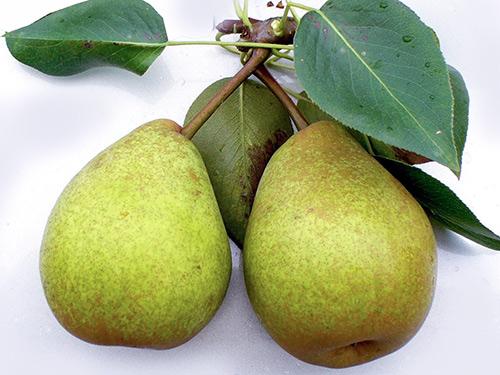
If the Severyanka seedling does not yet have skeletal branches, but is represented by one shoot, then the first pruning must be carried out at a height of 70 - 90 cm above the ground, leaving at least three well-developed buds. If there are lateral branches, they must also be shortened by at least 1/3, leaving also three healthy buds.
This pruning should be carried out in the spring during the first three years of the seedling’s life. In the future, the pear will need sanitary or thinning pruning.
When caring for the Severyanka pear, you should:
- remove growth in a timely manner
- protect the tree trunk from rodents
- remove weeds
- loosen the soil in the tree trunk circle
- carry out summer feeding with mineral fertilizers
- add humus in the fall
- pest control
In response to these simple techniques, the pear will delight you with an excellent harvest of tasty and healthy fruits. Thanks to the large amount of P-active substances, Severyanka fruits will help strengthen blood vessels.Decoctions of fruits and leaves are a good aid in the treatment of kidney and bladder diseases and have a choleretic effect.
A large amount of potassium helps the heart function, so the Severyanka pear produces fruits that are not only tasty, but also healthy.
Rules for forming a pear crown in the video:
Interesting information about the vegetable garden

